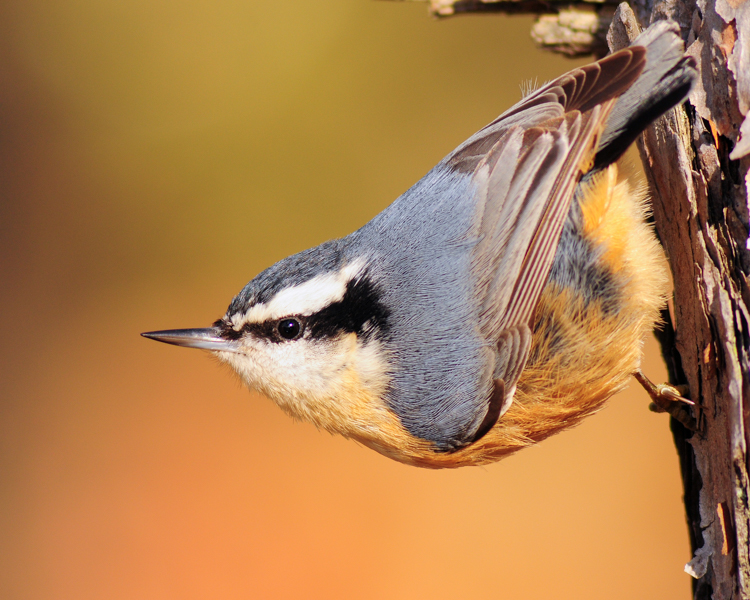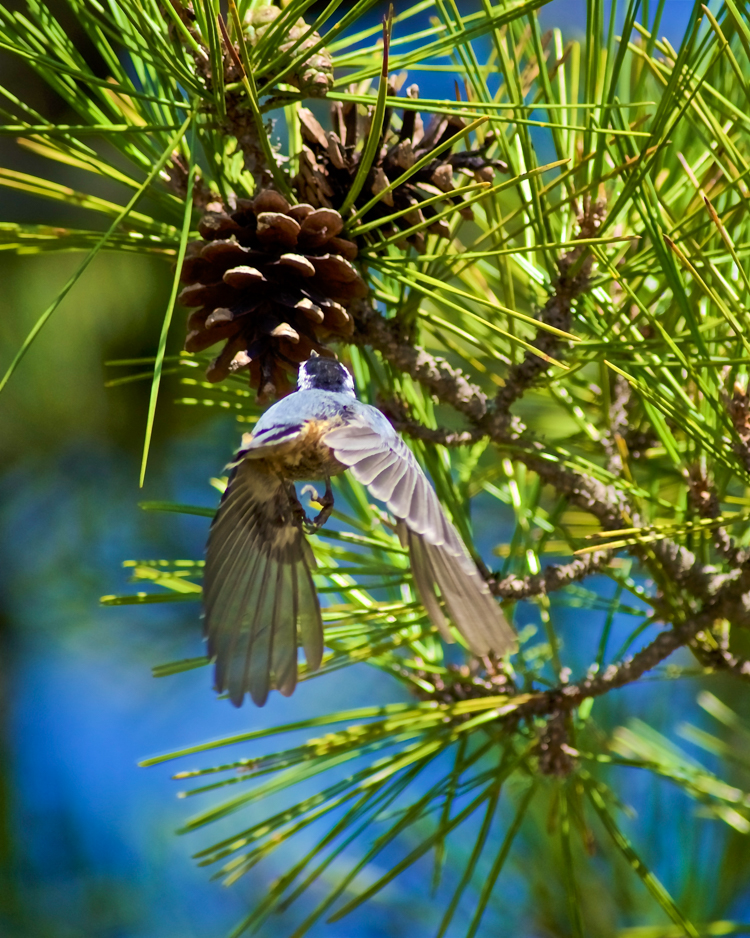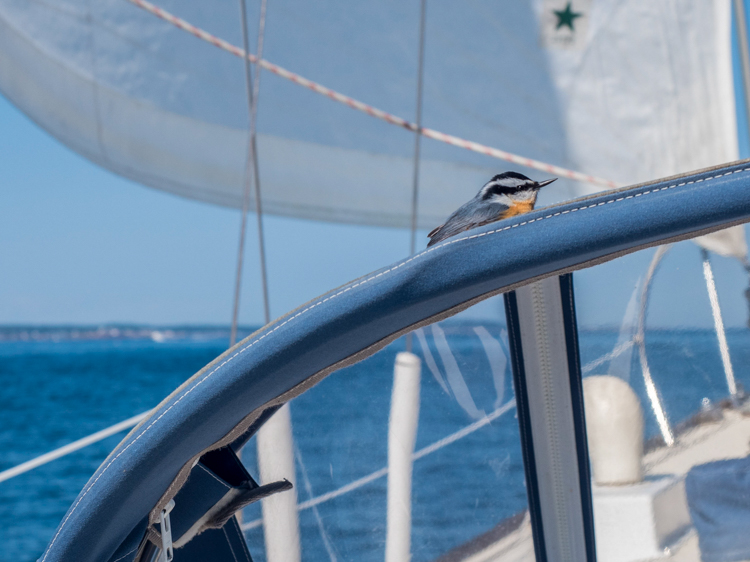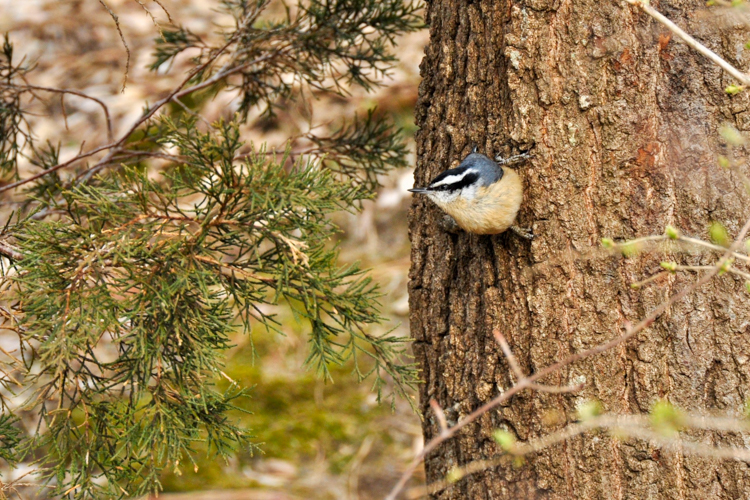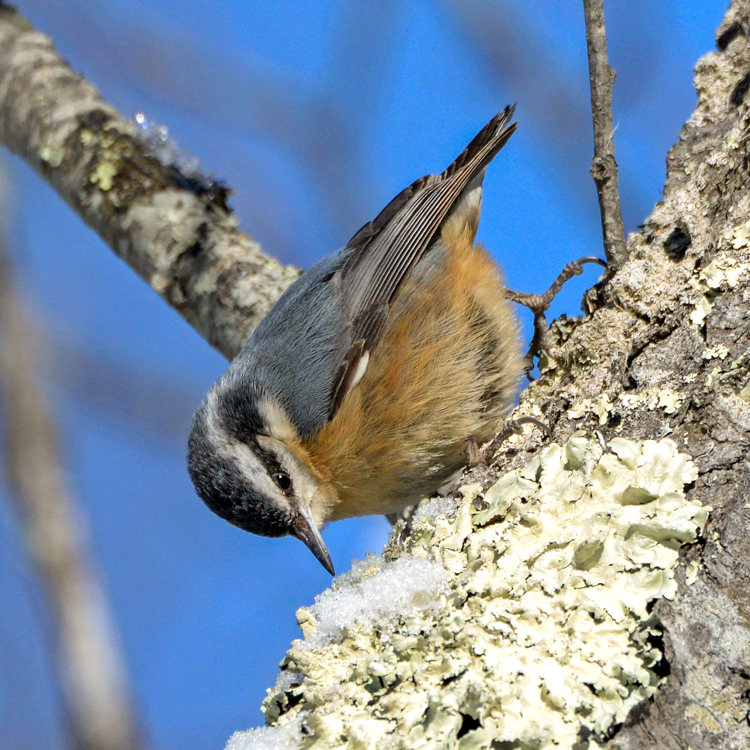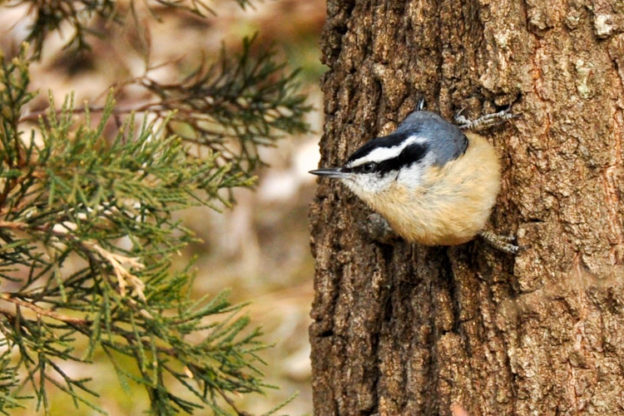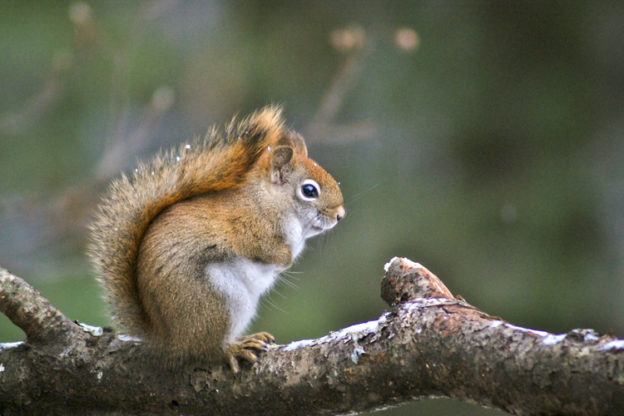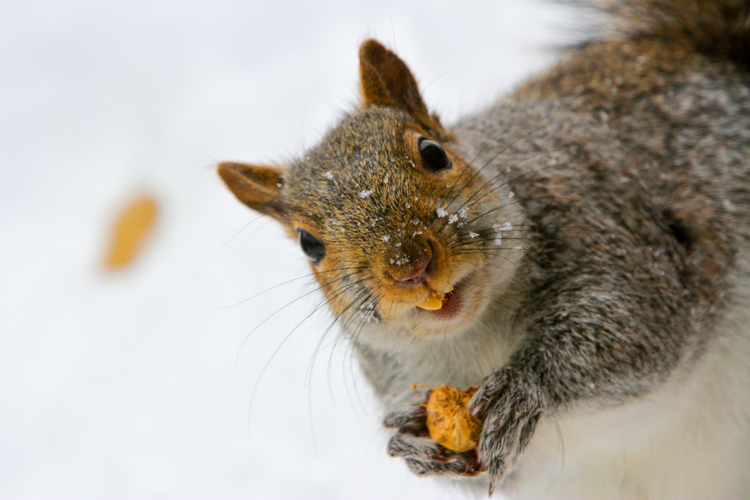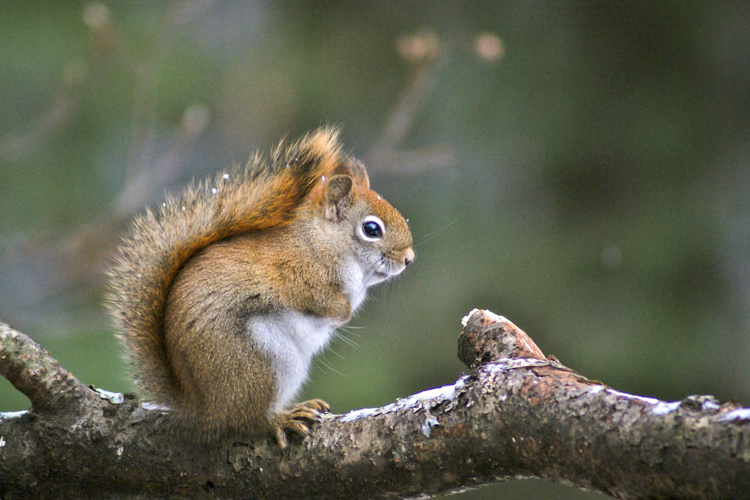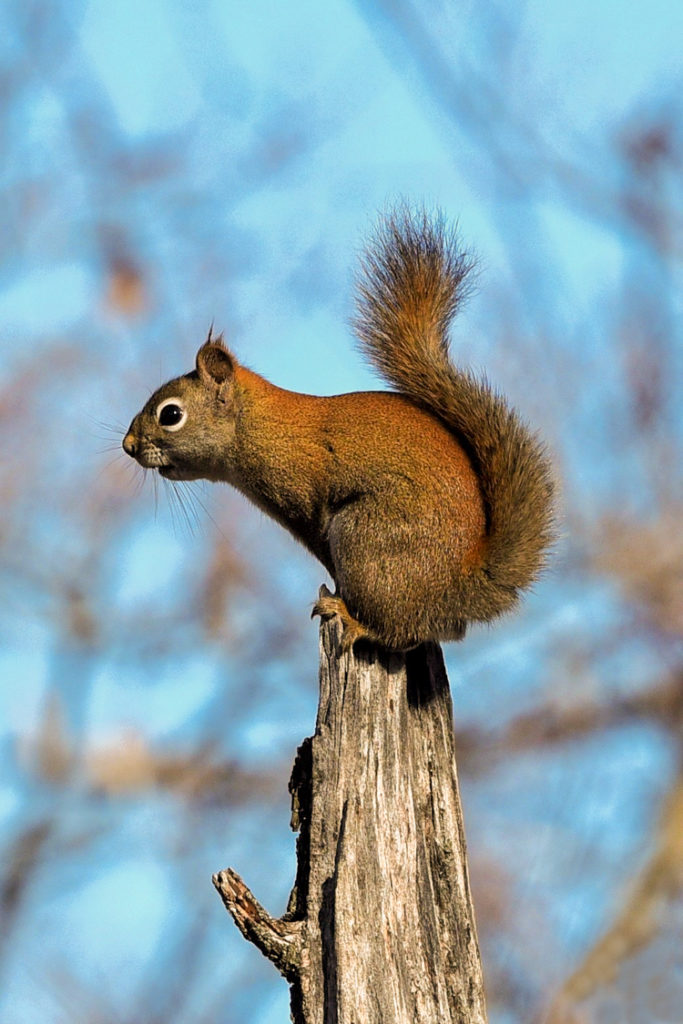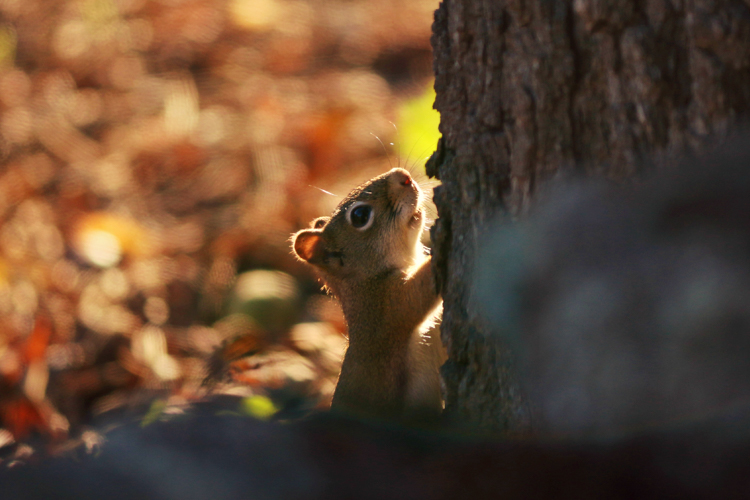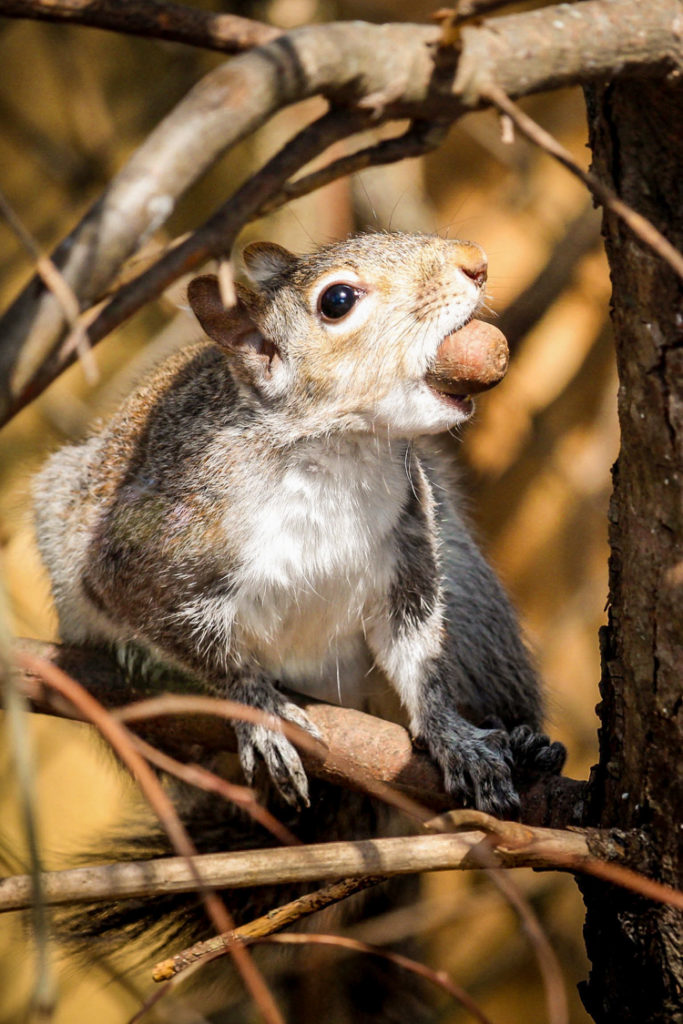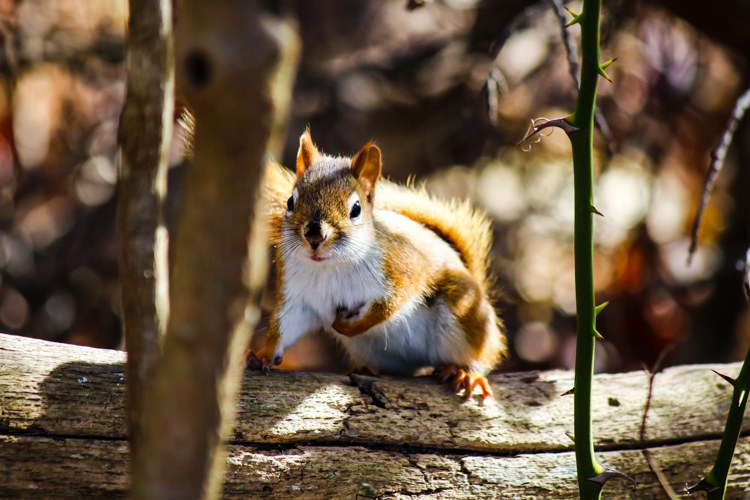Folks this fall have been seeing a lot of Red-breasted Nuthatches—a bird that is more commonly seen in regions north of Massachusetts (though not uncommon in the western part of the state).
This year is believed to be an “irruption” year, when lots of typically northern-dwelling birds are seen in large numbers in areas south of where they’d usually spend the winter. Irruptions occur because there is not enough food in their usual winter habitats, whether that’s because of a drought or other natural disaster or because it’s just not a plentiful seed crop year (their preferred winter food) for northern tree species. Several other irruptive bird species have also appeared recently in greater numbers, such as Pine Siskins, Red Crossbills, White-winged Crossbills, and Pine Grosbeaks.
The name “nuthatch” comes from the way they open tough seeds: they’ll wedge the seed into a bark crevice or branch crotch and use their chisel-like bill to “hatchet” the “nut” open. Like their cousins the White-breasted Nuthatch, Red-breasted Nuthatches often descend trees head-first, using their relatively large and very strong feet, an adaptation that allows them to forage readily on insects hidden in the bark in the summer.
Enjoy these five photos of Red-breasted Nuthatches from our annual Picture This: Your Great Outdoors photo contest and let us know if you’ve seen nuthatches of either variety at your feeders this fall—sometimes even both at the same time!
